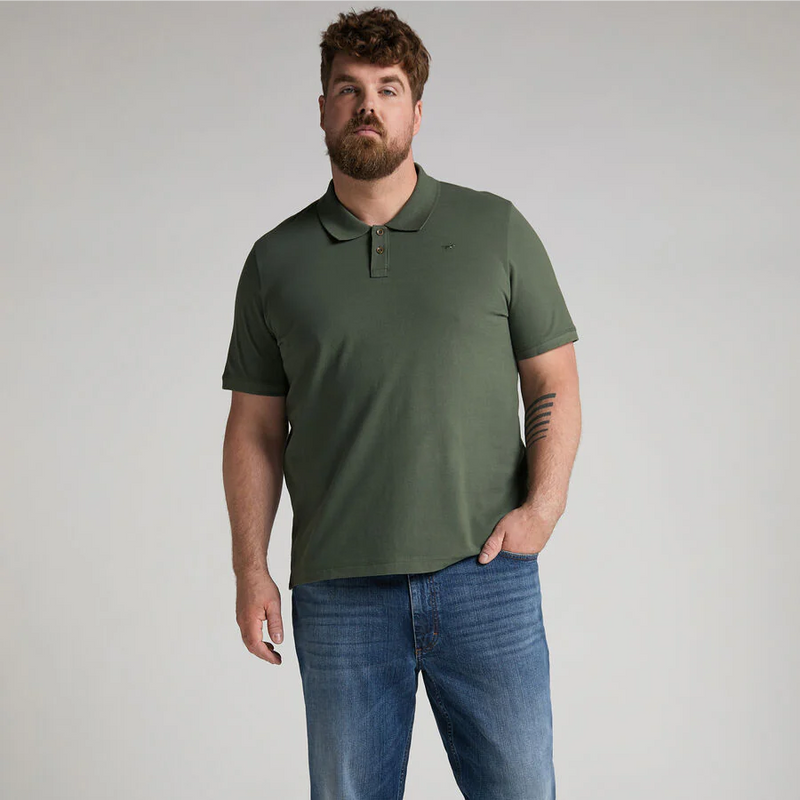
Car coats emerged in the early 1900’s and were often referred to as a “motoring dress”. These coats were designed to protect drivers against the elements when riding in open-top vehicles. The earlier styles of car coats were made from heavy fabrics like tweed to lock in warmth during the winter months. In the warmer summer lighter fabrics like linen and cotton were used to protect clothes from the dust and dirt on the roads.
Car coats soon became a status symbol – as well as being functional, wearing a car coat showed that you owned a car or knew someone that did which led to people wearing their car coats outside of their cars. As cars became more affordable car coats increased in popularity.
While the style of today’s car coats is still relatively the same, they now serve purposes beyond just cruising. As cars changed to have roofs and heating, the composition of car coats changed too. They are now typically made from lighter fabrics and they come in much more daring patterns and varying lengths.
There are a number of classic characteristics of a car coat that will help you identify them:
- Straight collar
- Buttoned or flat front placket with diagonal front welt pockets
- Single-breasted
- Mid-thigh length
- One-piece back
- A-line fit to allow for ease of movement

The single-breasted A-line shape means that car coats are less tailored than your standard coat. This loose fit and spread collar allows space and freedom to experiment with layering underneath. The straight spread collar allows you to pop the collar when the weather gets windy or gusty. The more modern car coats reach mid-thigh length to allow for drivers to get in and out of the car with ease.
Now there you have it, drive safe in style!





 Liquid error (layout/theme line 308): Could not find asset snippets/globo.menu.action.liquid
Liquid error (layout/theme line 308): Could not find asset snippets/globo.menu.action.liquid